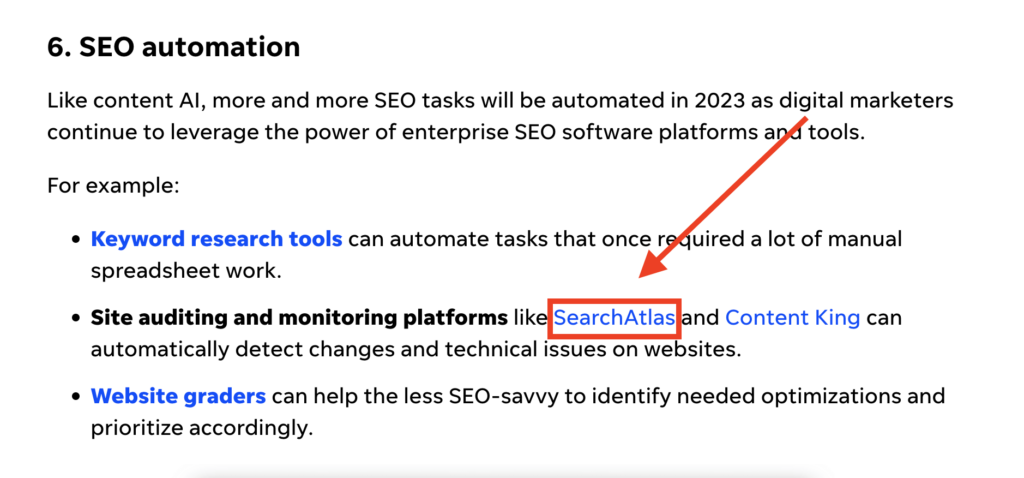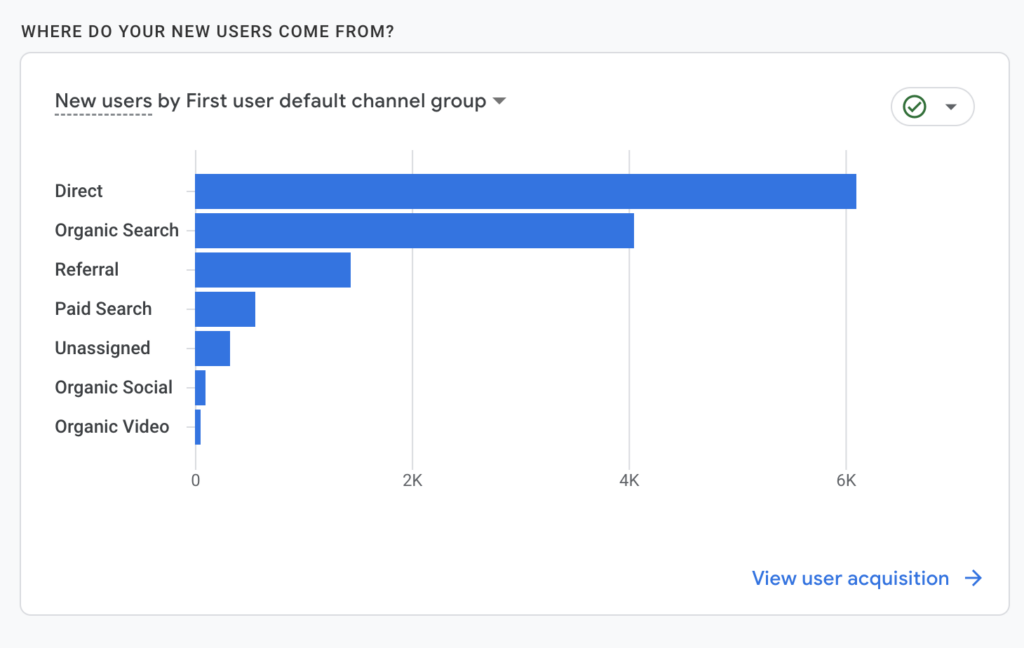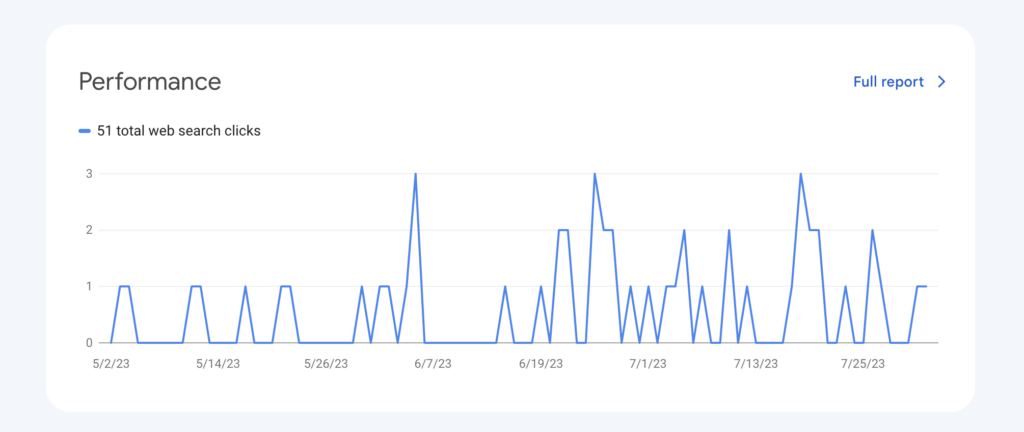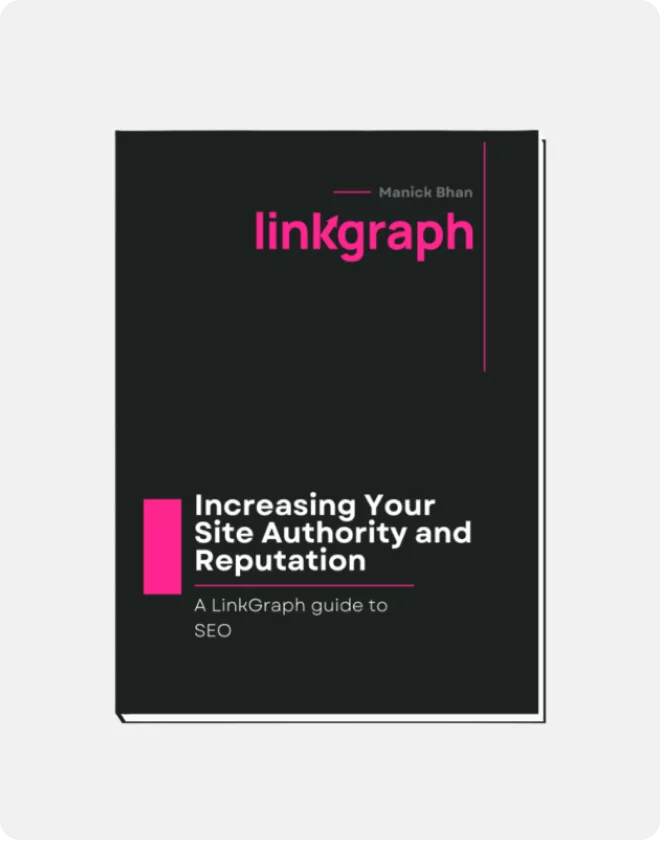How to Increase Website Traffic: Direct, Organic, Paid & Referral
Here we explain the ins and outs of direct traffic, how it impacts your Google rankings, and strategies for increasing direct traffic to your website.
Every online business has the ultimate goal of increasing traffic to their website. More website traffic means more eyes on your products and services and more opportunities to generate revenue. But there are many sources for web traffic, and learning how to increase website traffic requires knowing the nuances of each.
This article will break down the different types of website traffic. Plus, we’ll offer strategies for how to increase traffic from each source. With this knowledge, your business can better leverage digital marketing strategies to bring more visitors to your website.
4 Types of Website Traffic
There are four primary types of traffic that marketers traditionally focus on: Direct, organic, paid, and referral. Each represents different types of visitors who may have different familiarity with your website, brand, or content.
1.Direct Traffic
Direct traffic are the visitors who arrive to your website by typing a page url from your website into their browser.
For example, maybe you have a favorite website you visit frequently, like espn.com or facebook.com. Because you are already familiar with that website and find its content valuable, you may have it saved or bookmarked in your browser for easy access.
Direct traffic usually represents website visitors who are already familiar with your business, website, or brand name. They already know the page on your website that they want to visit, and typing it into their browser is the fastest way to get to it.
2. Organic Traffic
Organic traffic are the visitors who arrive to your website via a search engine like Google or Bing.
For example, let’s say a searcher types in the keyword “what is a backlink profile?” into Google. They will see this result from the LinkGraph website appear in the search engine results pages.
If they click on this link, they will arrive to a web page on our website that answers their question in detail. That visitor is categorized as organic traffic becuase they arrived to our website through organic search.
Organic traffic represents users who may or may not be familiar with your website, business, or brand name. Unlike direct traffic, they visited another website first (e.g. google.com) in order to arrive to yours.
3. Paid Traffic
Paid traffic are the visitors who arrive to your website via an advertisement that you paid for, whether a Google Display ad or a Facebook ad.
For example, maybe you decide to run a PPC campaign on Google. Google will promote your website at the top of the search results, and if a user clicks on it, your businesss will pay a fee.
Like organic traffic, paid traffic represents users who may or may not be familiar with your business. But unlike organic traffic, your business pays per click, whereas organic clicks are free.
4. Referral Traffic
Referral traffic are visitors who arrive to your website through a refferal link, or a link on another website that points to your website.
For example, lets say an online publication links to your website in one of their articles. If a user clicks on that link, they will be taken (or “referred”) to your website.
Referral links are made up of anchor text that communicates something to the user, whether your brand name, or what your content is about, like “hr software.”
Like organic and paid traffic, referral traffic represents users who may or may not be familiar with your business or brand name.
So How Do I Check My Website Traffic?
Making sense of all of our website traffic can feel just as complicated as navigating a busy intersection. How do you know where all of these website visitors are coming from?

That’s where analytics tools come in. They tell you not only how much traffic your website receives, but the type of traffic it is, and where those clicks are arriving from.
Google Analytics
Google Analytics is one of the most useful and comprehensive tools for understanding your website traffic. And bonus: it’s completley free.
Not only will Google Analytics give you key information about your traffic sources, but also what those visitors do after they arrive to your website. That includes what pages they click on, how long they stay on a page, and more.
In Google Analytics 4, you can see your website traffic broken down into direct, organic, referral, and paid.
Google Analytics will also allow you to see:
- Traffic breakdown by country
- User activity over time
- Top pages by traffic
For more advanced users, Google Analytics allows for event and conversion tracking. Setting up these features will allow you to track key actions you want your website visitors to take, for example filling out a submission form, adding an item to a shopping cart, or some other conversion action.
Google Search Console
Google Search Console is a tool focused specifically on your organic traffic and the exact keywords that are driving visitors to your website.
For brands that leverage search engine optimization, this is an essential tool for understanding the keywords that help you reach new audiences.
SEO is an amazing digital channel, because it allows your business to connect with new users who are not yet familiar with your business. It’s also more affordable than paid channels, which means helping businesses grow at a pricepoint they can afford.
5 Tips for Increasing Website Traffic
When it comes to increasing website traffic, there are a long list of strategies your business can leverage.
However, the below tips will help you increase all types of traffic to your website, regardless of the channels you use to connect with your target audience.
1. Create High-Value Content Assets
The reality is, all online buisnesses want more traffic, but what about your website makes it a great place to visit?
Before you start leveraging different channels to drive traffic, you need to make sure you have the content assets that make your website a good place to be.
High-quality content can help you increase website traffic across many of the various channels you use to reach your target audience. Content is beneficial for keyword placement, backlinking, and to provide information to the prospective customer. Conversion-optimized content can help you convert the traffic you earn from paid ads.
And if your website builds a reputation of providing great content, then it can encourage more users to come directly to your website without needing a search engine, or advertisement, or social media post to get them there.
Think of it this way; when a customer sees something useful with your brand name on it, they are more likely to remember you, go directly to your website at a different time, and convert. Providing valuable content, in a world that is full of information, can build trust with people who don’t even know you.

2. Optimize your Content for Search Engines

Whenever you publish a new piece of content on your website, make sure it is optimized for search engines.
That includes adding keywords to url paths, page titles, meta descriptions, and headings. Also, ensuring that your pages include a dofollow robots tag so they can be discovered and indexed by search engines.
- Creating helpful content that explores a topic in detail
- Including internal links to other relevant pages on your website
- Increasing the performance and load times of your web pages
- Building backlinks to your web pages on other websites
There are all sorts of SEO strategies that you can leverage, but focusing on on-page optimization is a great place to start to get your pages ranking.
3. Save Part of your Marketing Budget for Paid Advertising
Although increasing organic traffic lowers customer acquisition costs in the long term, paid traffic can still be very valuable.
Paid platforms like Google Ads, Facebook, or Native Advertising allow you to connect with very qualified audiences who are ready to buy right now.
For websites that are just starting out, paying for traffic is a good first step as you build your organic SEO rankings and social media followings. (Both of which can take time.)
Remember though, optimizing PPC campaigns can be a very nuance process. Working with a PPC management service can help you make sure that you don’t overpay for clicks.
4. Invest in Social Media Content Strategy
Social media platforms are a great way to promote content and encourage users to visit your website. There are also many platforms that your target audiences is using to have conversations about products and services like yours.
Make sure to include links to your various content assets when crafting social media posts. That may mean sharing blog posts, resources, ebooks, tools, videos, and more.
The more content assets that you create, the more occasions you will have to post relevant content for social media users.
5. Do Public Relations Outreach
Good old public relations still stands the test of time in the digital world. Getting your brand name mentioned on top publications, or even better, mentioned with a link, is not only good for increasing referral traffic, but also great for increasing organic traffic as well.
Links on other websites that point to your website are called backlinks, and the more backlinks your website has, the more likely Google is to promote your pages in the SERPs.
There are all sorts of tools and strategies for PR, but a great free way to start earning more visibility for your website is through HARO (Help-A-Reporter-Out). This free services will connect you with journalists and publishers who are looking to feature quotes, links, and commentary from industry experts.
Final Thoughts
There are all sorts of ways to increase website traffic. Some are more expensive than others, some are more scalable, and some will produce faster results.
If you want to start earning more website traffic now, working with a seasoned digital marketing agency can be one of the best ways to get started. For example, the experts at LinkGraph have years of experience working with brands to drive more website traffic through a varity of channels.
Book a free strategy session to discover the unique approach we would take to drive traffic to your website.





















































































